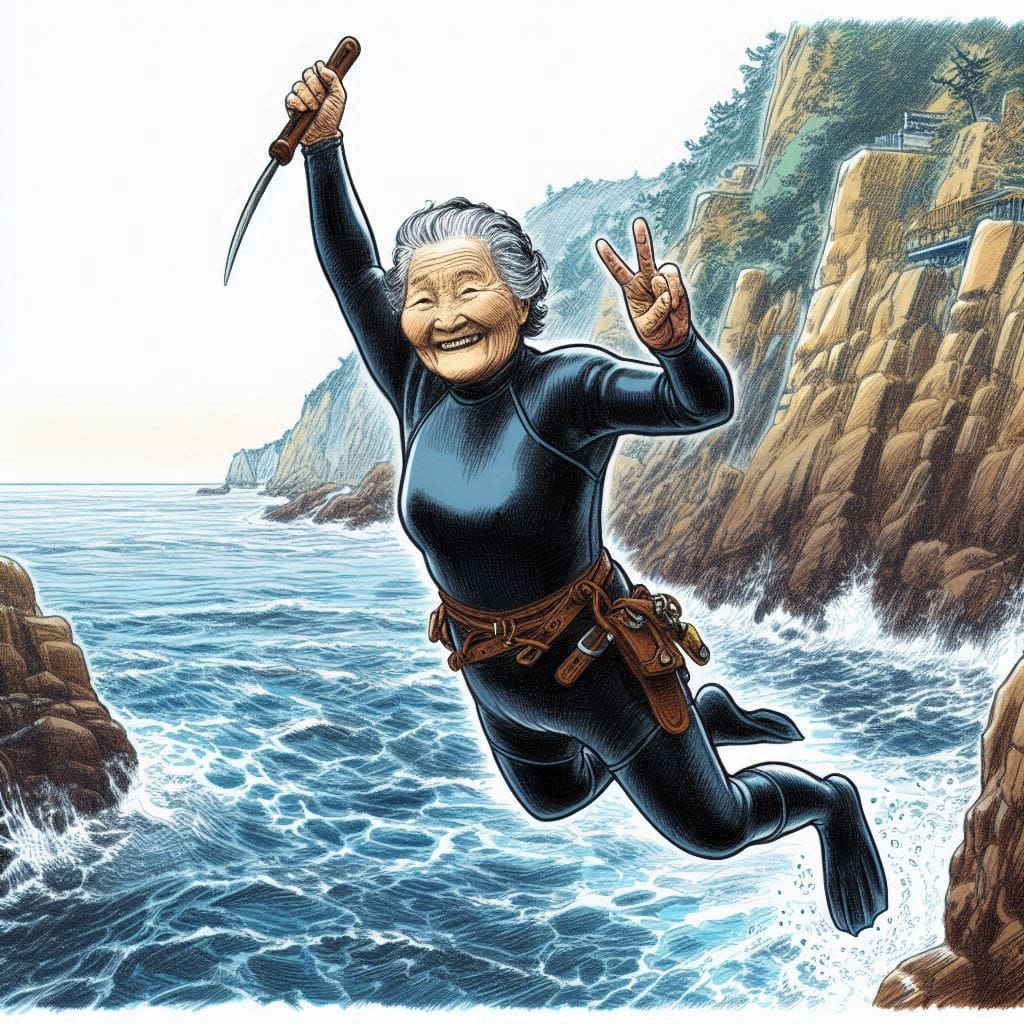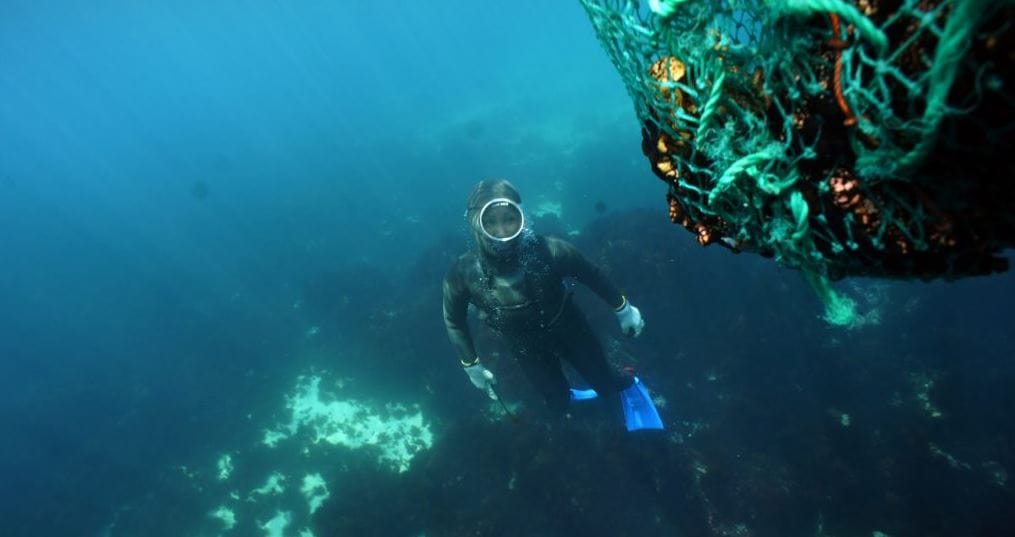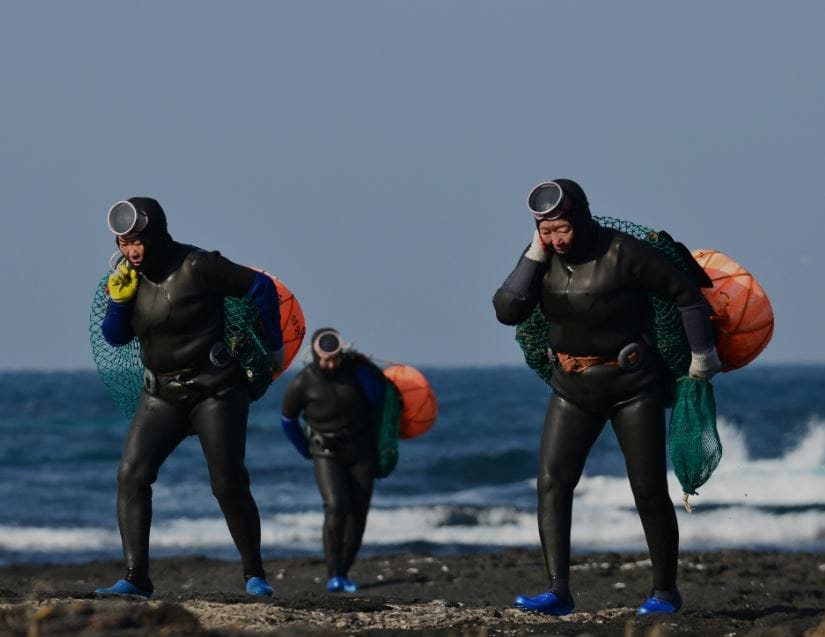I'm still young
Culture of Jeju Haenyeo(Women Divers)

The haenyeo are remarkable female divers from Jeju Island, who dive into the sea without oxygen tanks to gather seafood like abalone, sea urchins, and seaweed. Their diving technique, called "muljil," involves holding their breath for extended periods. The haenyeo culture encompasses not just diving skills, but also traditional knowledge, songs, tools, clothing, and community practices.
While seafood harvesting occurs worldwide, the haenyeo’s method of free diving without special equipment is unique to Korea and Japan. In recognition of its cultural importance, UNESCO listed "Jeju Haenyeo Culture" as an Intangible Cultural Heritage of Humanity in 2016, acknowledging their sustainable fishing practices and transmitting knowledge and skills across generations.
The origins of haenyeo date back to ancient times, with historical records from the Three Kingdoms period. Initially, both men and women participated in this profession, but it became predominantly female over time. The jeju haenyeo culture was shaped by historical factors, including a 200-year travel ban to the mainland starting in 1629. Once lifted in the mid-19th century, haenyeo began working along Korea's coast and in Japan, Russia, and China.

Becoming a haenyeo is often a family tradition. If a mother is a haenyeo, her daughter will likely become one, too. Girls in Jeju typically start learning to swim and practice diving around ages 7 to 8, receive guidance from their haenyeo mothers by ages 12 to 13, and officially become haenyeo by ages 15 to 16. Most are at their peak capability around age 40 and can continue diving into their 60s or even 70s. Haenyeo diving skills are categorized into upper, middle, and lower levels. The best divers lead the community and share their knowledge.
Typically, haenyeo dives to depths of about 5 meters and works for around 30 seconds. Skilled divers can go to depths of up to 20 meters and hold their breath for over 2 minutes. When they surface, they exhale loudly, a sound known as "sumbi."


In the past, haenyeo often worked nude, and historical records indicate prohibitions against this practice. Traditional diving suits, called "mulot," were introduced in the early 18th century. These suits included water shorts and a top for warmth and UV protection.
In the 1970s, modern rubber diving suits were introduced from Japan. While initially expensive, these suits improved work efficiency and are now custom-fitted for each diver. However, health issues from prolonged wear, such as headaches and back pain, have arisen, leading many haenyeo to rely on pain relief.
The life of a haenyeo is challenging, often requiring them to balance diving with farming duties. Despite these difficulties, the haenyeo culture endures and is gaining international recognition. Although the number of active haenyeo is declining due to aging and environmental changes, foreign visitors are encouraged to experience this unique cultural heritage by visiting the Haenyeo Museum in Jeju or enjoying fresh seafood harvested by haenyeo at local restaurants by the beach.✔️




Comments ()